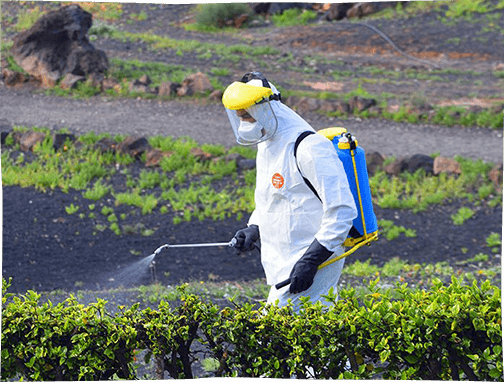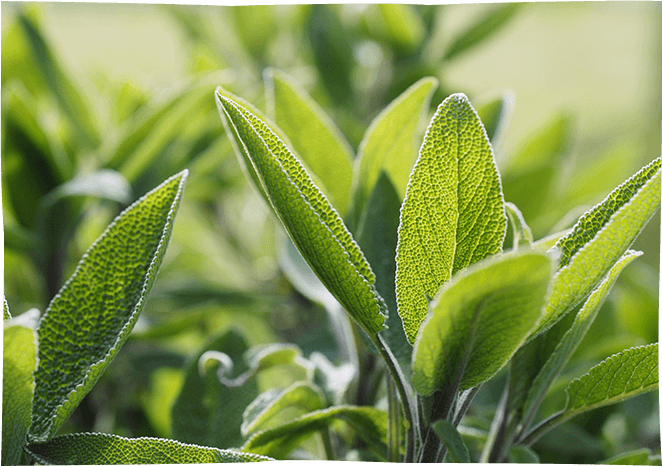
The practice of organic farming stems from a number of different schools of thought and first appeared in Europe between the two World Wars, driven by agronomists, doctors, farmers and consumers in response to industrialisation and the materialism that was gradually gaining ground in the agricultural sector.
It is based on the principles of soil preservation and observing and respecting natural balances in order to produce quality food and safeguard the autonomy that farmers would otherwise gradually lose.
Biodynamics is a very well-established concept in the northern European countries and the United States and places particular importance on composting, the use of stimulant plant-based and mineral preparations, and taking telluric forces into account.
The agricultural sphere is therefore considered a living organism in which mankind has its place and evolves in relation to nature.
Biodynamically produced goods are certified organic and are currently identified by the Demeter label.
English agronomist Albert Howard published, in 1940, a series of theories on soil fertility, the importance of humus and the use of fertilisers obtained from composted renewable organic matter. He, too, challenged the use of chemical mineral fertilisers.
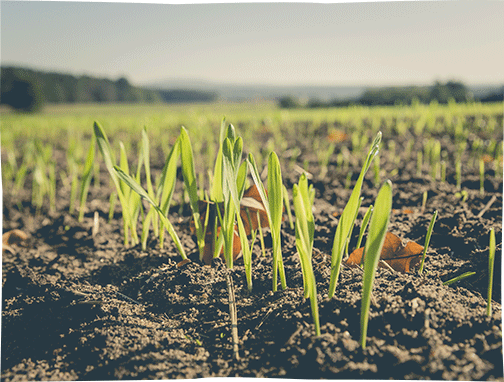
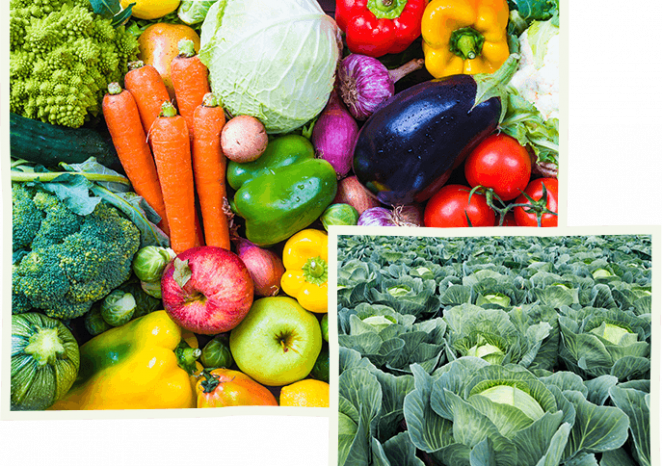
Farmer-processors and activists came together in the 70s to create trade unions such as the FNAB and the GRAAB.
Driven by ecologists who were concerned about their diets, the first consumer cooperatives that led to the development of Biocoop stores were established in partnership with farmers in order to make up for the shortfall in and the cost of products that had previously been distributed via natural and health food shops.
At the same time, producers were setting up sales operations for regional shipping that would later merge to become supply platforms for the Biocoop stores.
The positive effects of organic farming on water, soil, biodiversity and landscapes are widely recognised today both in Europe and worldwide as a result of various studies.
Some of the large-scale studies performed in the field have included the findings of over 20 years’ observation of experimental plots of land that were published by Cornell University in 2005:
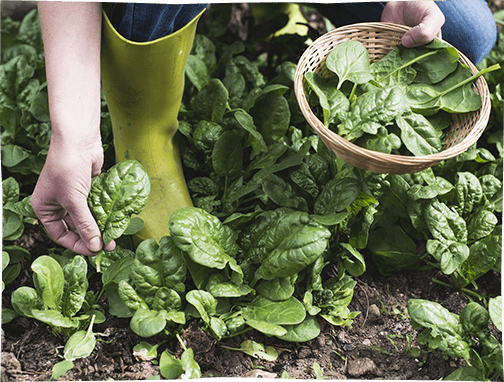
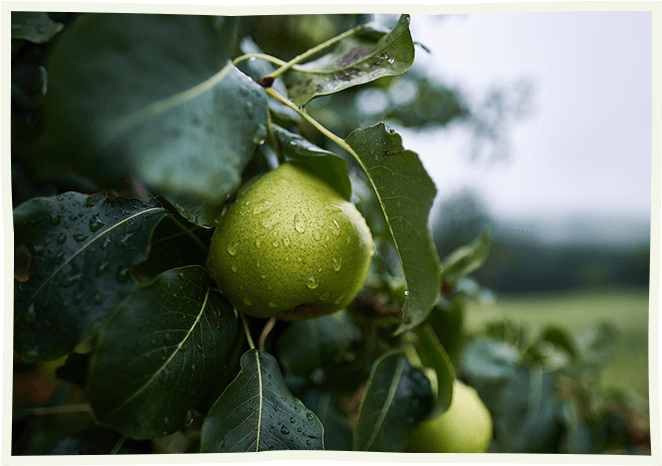
The growth in the organic market should result in a decrease in certain costs such as those associated with production, logistics and distribution. It should also be noted that conventional products incur additional indirect costs in terms of decontamination, the healthcare system, etc., meaning that the actual price in world terms is not the one displayed on the label.
In what has undoubtedly been a sceptical environment, the French organic sphere has fought for its position in the mainstream for many years, and practices are certainly improving as a result.
Developments in the organic sphere within the various countries in the Union vary depending on both the level of commitment on the part of each Member State and any aid that might be available at national or regional level. The conversion grants that have been available in France since 1992 are paid for 5 years and cover a 3-year conversion period, depending on the type of production in question. A number of countries award such grants to producers on a permanent basis – something that French organic farmers have long called for.
Organic farming is practiced on a global basis and is supported by a growing number of governments, making particularly significant progress in China. Most of the world’s organic land is to be found in Australia and Oceania, Europe, Latin America, Asia, North America and Africa.
Organic farming is considered to represent an opportunity in poor countries since it is less costly in terms of the equipment and sophisticated products required and better suited to local resources and expertise.
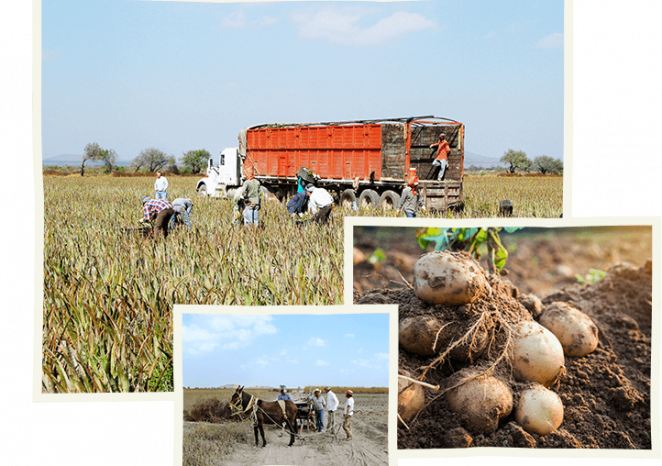
Farms that have previously operated as conventional undertakings are obliged to declare a transitional phase to the inspection body. The conversion period for annual crops such as vegetables, cereals and fields is 2 years.
Only at the end of the second year can the farmer sell their produce as a produit issu de l’agriculture biologique, or ‘organically-farmed product’. The conversion period for perennial crops such as fruit trees and vines is 3 years.
In addition to an annual inspection, 50% of producers and processors get a surprise inspection at the producer’s expense. Organic farmers have to pay to prove that they don’t pollute!
Auditors are themselves bound by certain obligations and must be accredited by the public authorities.
Modern agriculture consequently started to really take off in the wake of the First World War, with machinery soon replacing animals out in the countryside and people being attracted to industrial areas and cities.
New markets opened up for synthetic chemical fertilisers and nitrates, which had previously been used to make explosives for four years during the war.
The future was bright for the agricultural sector thanks to a whole host of easy-to-use products that would increase crop yields, heralding the specialisation of farms in terms of both crop and livestock farming through excessive intensification.
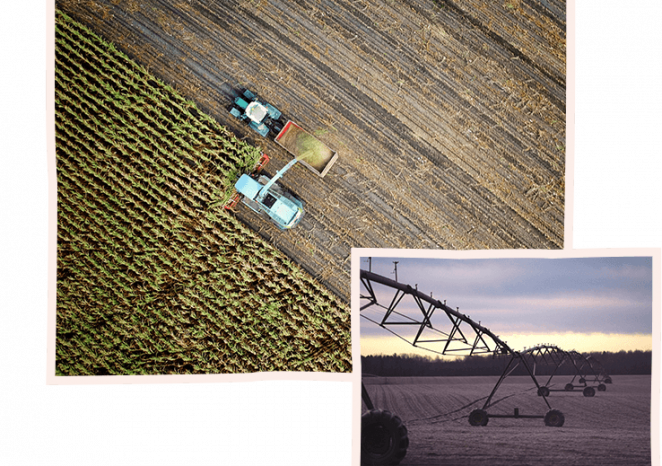
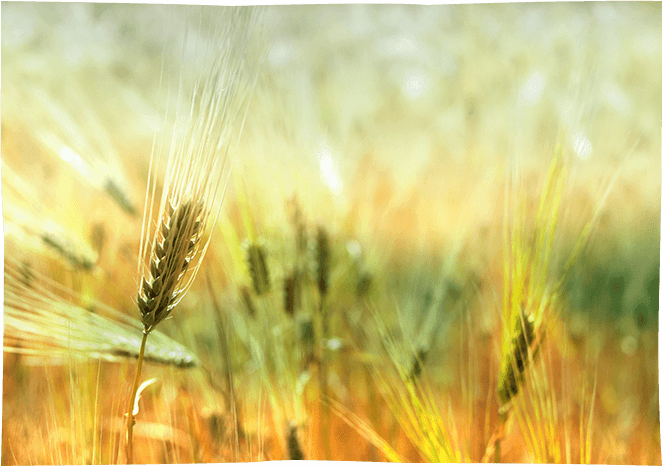
Sustainable agriculture has nothing to do with organic farming. It emerged in the 1990s driven by the ‘Forum for Sustainable and Environmentally-Friendly Agriculture’ (FARRE) – an association made up of representatives of the phytosanitary industries, agri-food pesticide manufacturers and agricultural union cooperatives. It does not seek to eliminate chemicals altogether but simply to limit the excessive use thereof. The measures recommended in its framework of reference are not binding, and nor are the terms surrounding non-compliance.
Also known as phytosanitary products, these are formulas designed to destroy certain species for the benefit of others. Be it insecticides to fight unwanted insects, herbicides to fight weeds or fungicides to fight fungi, all such products are biocides that kill different living organisms, as their names suggest, based on their respective properties.
Repeated use of these substances across large areas quickly results in the aggressor in question developing a certain resistance, inevitably followed by excessive treatment and thus rendering the product ineffective (as is the case with antibiotics in medicine).
Phytosanitary products tend to be recommended by the same companies that sell them, which does nothing to promote the development of alternatives like organic farming!
From a health and environmental perspective, pesticides are even more problematic since they are now omnipresent and can be found in water, in the air and even in the blood and fatty tissue of adults and children, as well as in breast milk. In fact, the foetus is contaminated by pesticides even before birth.
Vegetables, fruit trees, vines and cereals are among the most heavily treated crops, and over half of the fruit and vegetables consumed significantly exceed the maximum permitted residual levels of pesticides.
